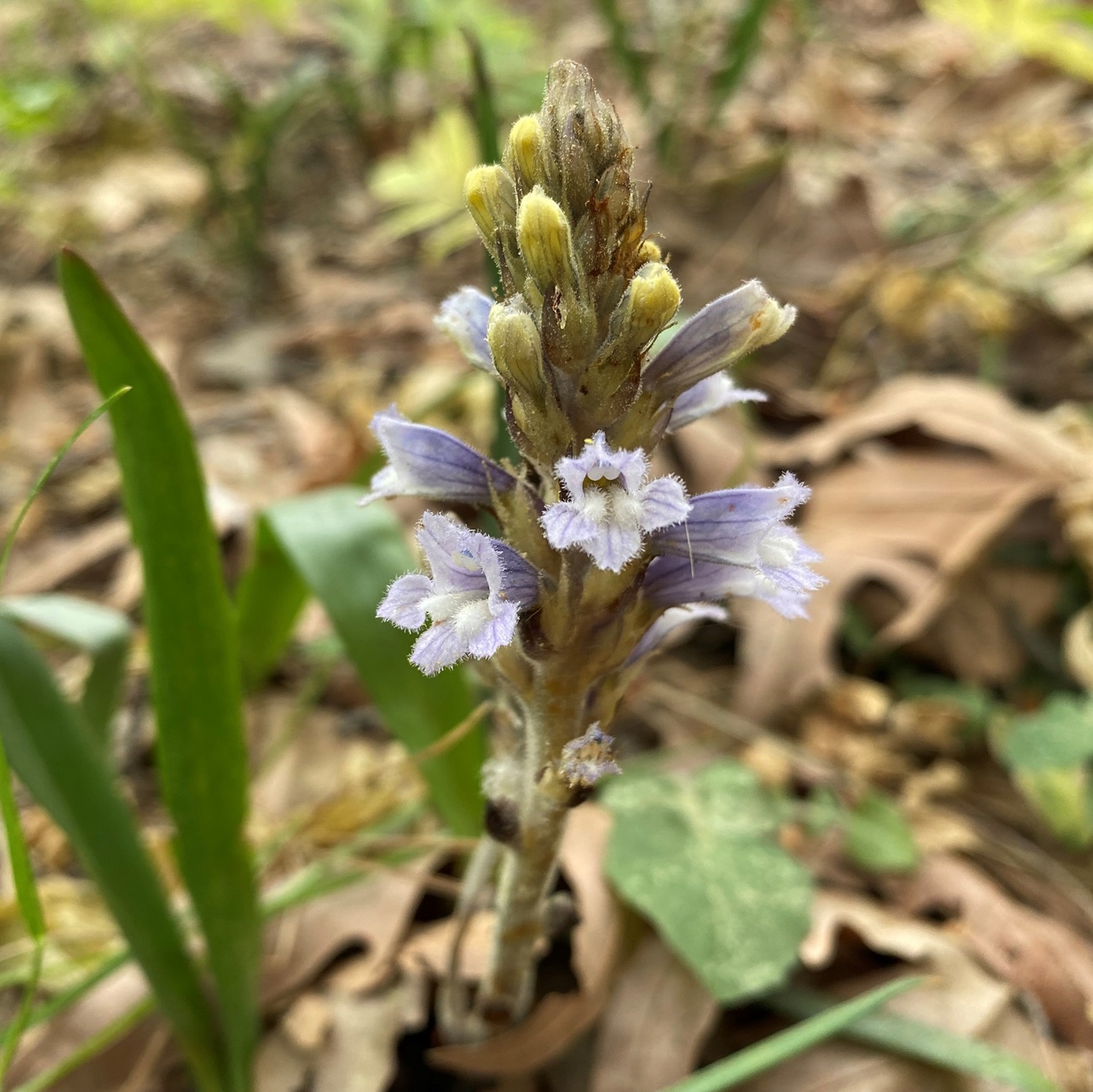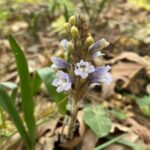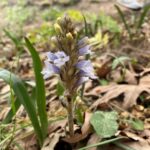Οροβάγχη η ζώσιμη
Names given for Orobanche zosimae
The currently accepted scientific name for this species is Orobanche zosimae (M.J.Y. Foley) Domina. This name has evolved over time, reflecting the progression of taxonomic understanding. It was initially described in 2003 as Orobanche hirtiflora subsp. zosimii M.J.Y.Foley. Subsequently, it was recognised as Phelipanche zosimae (M.J.Y.Foley) M.J.Y.Foley in 2007 , before being reclassified as Orobanche zosimae (M.J.Y. Foley) Domina in 2010. Finally, in 2020, it was also recognized as Phelipanche gussoneana var. zosimae (M.J.Y.Foley) Rätzel & Uhlich.
Etymology of Orobanche zosimae
The name of the genus, "Orobanche", derives from Ancient Greek "ὀροβάγχη", from "ὄροβος" [orovos] meaning "vetch" and the verb "ἄγχω" [ancho] meaning "throttle", hence "the vetch throttler", referring to the effect the Orobanche have on their hosts, as they are aggressive root-parasitic weeds exploiting other plants for water, assimilates, and nutrients from their roots.
The name of the species "zosimae", relates to the Zosima genus, as Orobanche zosimae was found parasitizing on Zosima species, and especially Zosima absinthifolia. Besides this plant, it is also known as a flowering plant parasitizing Seseli ponticum, Fibigia clypeata subsp. eriocarpa, and Origanum onites. The plant lacks significant study, and the list of host plants is probably broader.
The Orobanche genus in Cyprus
It is estimated that around 14 Orobanche taxa (13 species and 1 subspecies) exist in Cyprus.
Orobanche zosimae in Cyprus
It was believed until recently that Orobanche zosimae was an endemic plant of Cyprus. Following Rätzel & al. in 2020, it is now believed that it is a near-endemic plant, with additional occurrences in Greece [East Aegean Islands] and Russia [Black Sea coast]. It should be considered, though, as a rare plant to encounter in Cyprus, as it has been recorded at a single place, at the Saint Hilarion Castle on the Kyrenia mountain range [Kyrenia District], at an altitude of 525 meters. The specimen of the pictures was photographed at another place, at Kardama locality [Limassol District], at an altitude of approximately 1100 meters. Its host plant was not recorded at that time, but it was none of those mentioned earlier.
Description of Orobanche zosimae
Orobanche zosimae exhibits a normally unbranched stem with a pale, yellowish coloration. Its height is relatively short, reported to be between 10 and 15 cm, falling within the typical size range for the genus but potentially shorter than some other species. The leaves of Orobanche zosimae, like other broomrapes, are reduced to triangular scales, which are also yellowish in color. The inflorescence of Orobanche zosimae is described as compact and rather congested, forming a dense terminal spike of flowers, a common trait in the Orobanche genus. Bracts are present within the inflorescence and are not markedly caudate-acuminate ; these are also yellowish. Notably, bracteoles are absent, a feature that aligns with the characteristics of Orobanche sensu stricto as opposed to Phelipanche according to some classifications. The flowers of Orobanche zosimae possess whitish to pale blue-whitish corollas , which distinguishes them from the more common yellow, brown, or purple flowers seen in many other Orobanche species. The corolla itself measures between 12 and 20 mm in length, with a tube that is 4 to 5 mm wide at its apex. The corolla tube is not markedly constricted above the ovary. A key feature of the flowers is the length of the lower lip's corolla lobes, which are 4.0 to 4.5 mm long. The calyx exhibits peculiar, apically contorted to curled lobes and is 2-cleft, also displaying a yellowish hue. The point at which the stamens are inserted into the corolla tube is (4-)5-6 mm above the corolla base, a characteristic that helps differentiate this species from the closely related Phelipanche gussoneana var. gussoneana.


